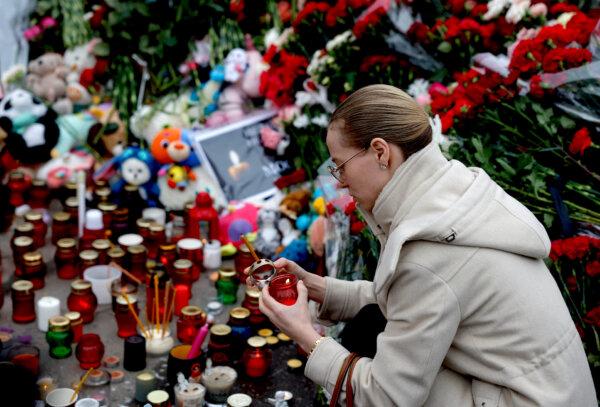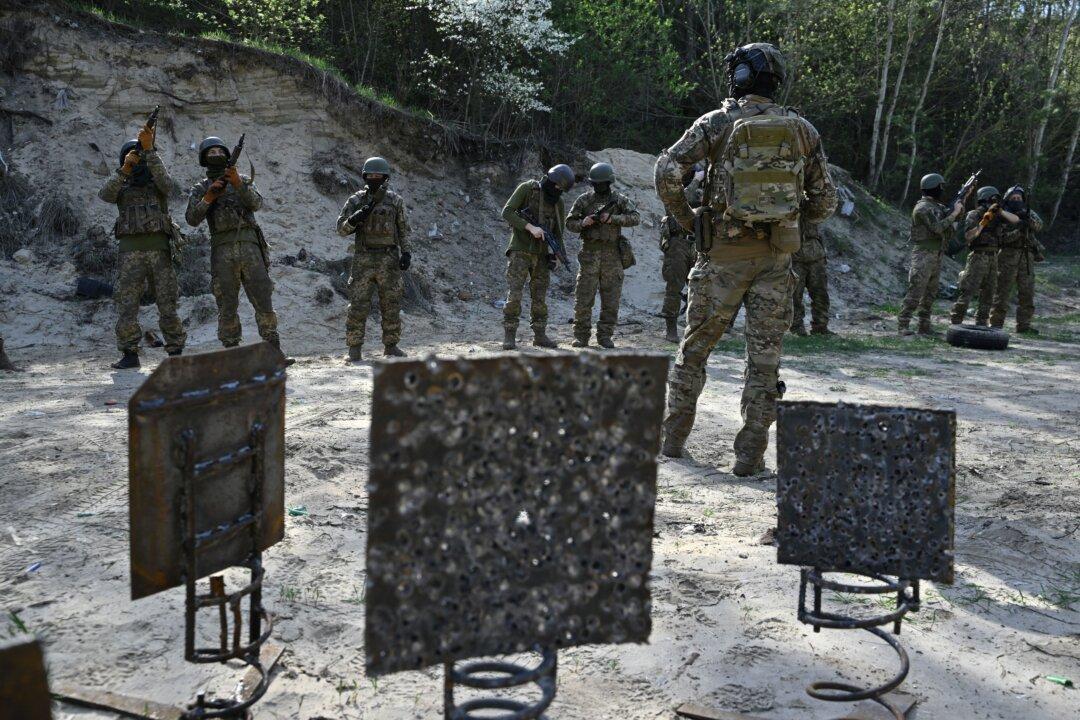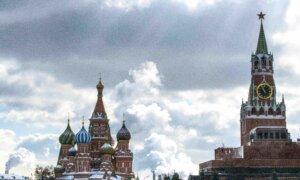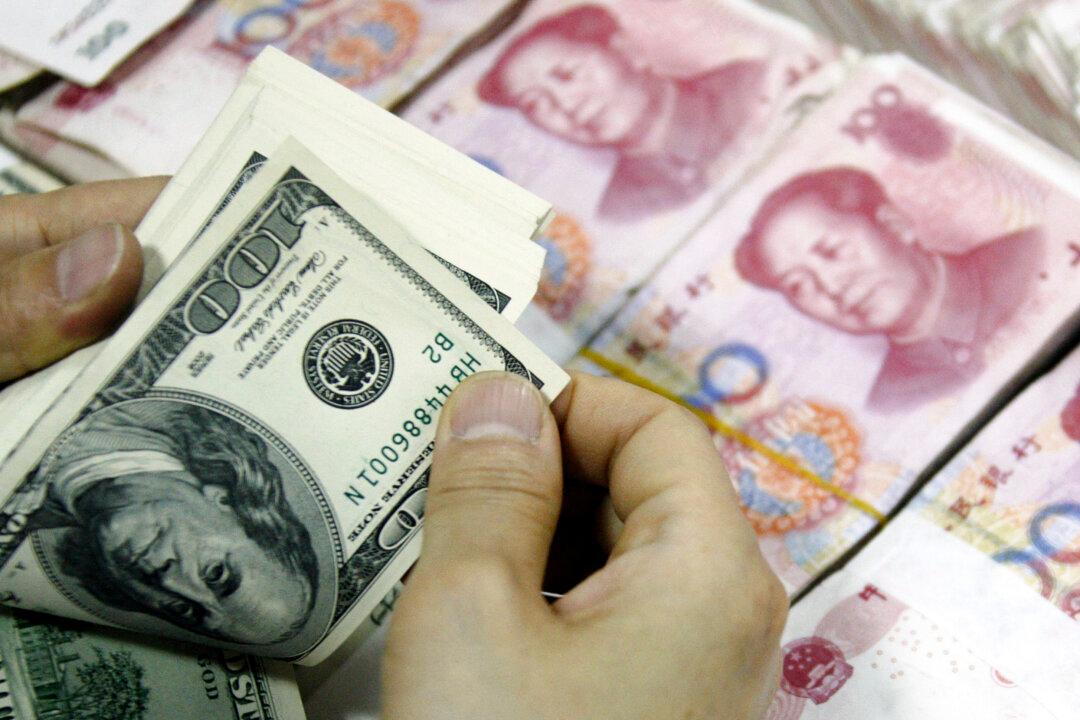Videos of Chinese volunteers in the Russian army on the frontlines of the Russia-Ukraine war are circulating online. The volunteers beg for help while they lament their treatment by the Russian army and Chinese authorities.
“The Russians don’t even see us as human beings. [We’re] just like a suicide squad,” he said. “They ask us to go and raid the trenches. After raiding, they don’t send any reinforcements, resulting in heavy casualties for us.”
“Out of dozens of people, only six or seven are intact in the end. Many of us were killed by the explosion in the trench. I was hit by seven [drone bombs], but luckily I survived. I’m telling you guys, don’t come over! don’t ever come over! Old Zhao, who was with me, didn’t even close his eyes when he passed.”
Mr. Sun, who walked alone for over 40 minutes to get cell phone signal, said he was denied help from the Chinese Embassy in Russia.
“I contacted the head of the Chinese Embassy in Russia. He said it was a personal act and denied [my plea]. I am now asking the general public, and my Chinese friends, to help me contact the Chinese Ministry of Foreign Affairs.”
Military Expert: Volunteers Brainwashed by CCP
Stephen Xia, a military expert and columnist for The Epoch Times, believes that it’s hard to explain the true reasons for each Chinese volunteer joining the Russian military.“In the broader context, it cannot be separated from the influence of CCP indoctrination and the value orientation of Chinese society under CCP rule,” he wrote in a commentary for the Chinese edition of The Epoch Times.
“People cannot imagine that their actions are based on moral justice; they support an aggressive war. Their behavior is more driven by self-interest.
“They may think that helping the strong side against the weak is safe. Just as [when] the CCP persecutes peaceful religious groups and dissidents, some people stand behind the CCP’s position of overpowering the weak or remain indifferent. They may think that by doing so, they can gain recognition from the CCP without paying any cost.”
Front Line Chaos
Mr. Xia did an analysis of the combat situation shown in these videos.“He said they were sent to raid the trenches, and after raiding, no reinforcements were sent to stabilize the front line, resulting in heavy casualties … This situation is very similar to the initial stage of the war two years ago when the Russian army attacked Kyiv,” he said.
“It seems that the chaotic state of the Russian front-line command has not fundamentally changed to this day. This may be closely related to the command system of the Russian military and the traditional view of lower-ranking soldiers as expendable.”
Mr. Xia explained that in history, Russian officers and soldiers come from completely different social strata, with most officers coming from the upper class and soldiers from the lower class.
“Therefore, officers do not treat soldiers equally. This has become a tradition in the Russian army and still has an impact today, especially on the Ukrainian battlefield, where a large number of soldiers are recruited from society or even prisons, trained for a short period, and then sent to the battlefield.
“The relationship between officers and soldiers is more about command and being commanded, let alone a foreign volunteer who voluntarily comes. Like this Chinese volunteer said, they are not seen as human beings, just like a suicide squad. In fact, they are cannon fodder.”

Over 50,000 Russian Soldiers Killed
On April 5, BBC’s Russian service and Mediazona, a Russian independent media outlet, confirmed the identities of over 50,000 Russian soldiers killed in Ukraine since the start of the war.“The research, using open-source analysis, only cites those confirmed as being killed, thus almost certainly undercounting the real total. The BBC estimated the true figure likely surpasses 100,000,” reads the story.
Among the confirmed casualties, there are 101 conscripts, who are not allowed by Russian law to fight abroad. Some of the deceased were former Russian prisoners and foreign volunteers.
Conscripts, prisoners, and volunteers are also in the regular Russian army. In total, 18 percent of those killed were prisoners, 13 percent were soldiers who joined voluntarily, and 12 percent were mobilized, according to the BBC.
This indicates that the war is undergoing changes and is no longer a special military operation, wrote Mr. Xia.
Russian Tactic Criticized as ‘Crazy’
Mr. Xia pointed out that some military blogs recently criticized the tactics of Russian front-line commanders, who used armored vehicles to transport and unload infantry to the front-line positions before letting the infantry dismount and launch frontal attacks.“For the Russian army, this is not a new tactic, but this tactic that exposes infantry to threats without armored cover seems to have attracted a lot of attention,” he wrote.
A video released by the Russian Ministry of Defense on April 8 shows that some personnel of the 98th Guards Airborne Division (VDV) adopted this tactic in the suburbs of Chasiv Yar east of Bakhmut.
The armored vehicles transported the infantry to the front-line positions, and after the infantry dismounted, the armored vehicles quickly withdrew.
“A video shows that about 25 Russian infantry squeezed onto a tank, which was hit by Ukrainian artillery fire or may have run over anti-tank mines, forcing these infantry to flee from the tank and cross open areas without cover. These scenes made Russian military bloggers exclaim that this tactic is simply crazy.”
“Some people explained that the use of armored vehicles for rapid transportation and unloading of infantry reflects the fact that there is a lack of armored vehicles in certain areas of the front line, so they cannot launch attacks under the cover of armored vehicles. They believe that Ukrainian artillery has seriously depleted the Russian armored forces, especially near Avdiivka in Donetsk Oblast and Krynytskyi in Kherson Oblast. Therefore, the Russian army severely lacks armored vehicles that can transport and cover infantry attacks.”

Mr. Xia concluded that the Russian front-line infantry situation is extremely bad.
“Especially after the armored forces suffered heavy losses, the infantry almost lost armored cover,” he wrote.
“This to some extent explains why even if the Russian army has advantages in equipment, ammunition, and personnel, it still cannot do anything against the Ukrainian army. For the Ukrainian side, receiving a considerable amount of American assistance in the later stage, these munitions can still cope with Russian infantry attacks, while the high-explosive ammunition against armor has basically been depleted.
“From the perspective of the future of this war of attrition, if Ukraine does not receive military assistance from the United States and the West for a long time, the situation may be even more dangerous.”






